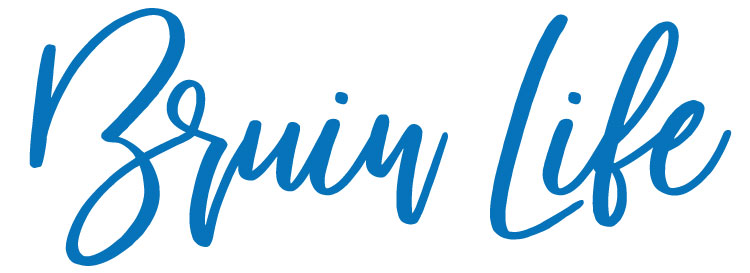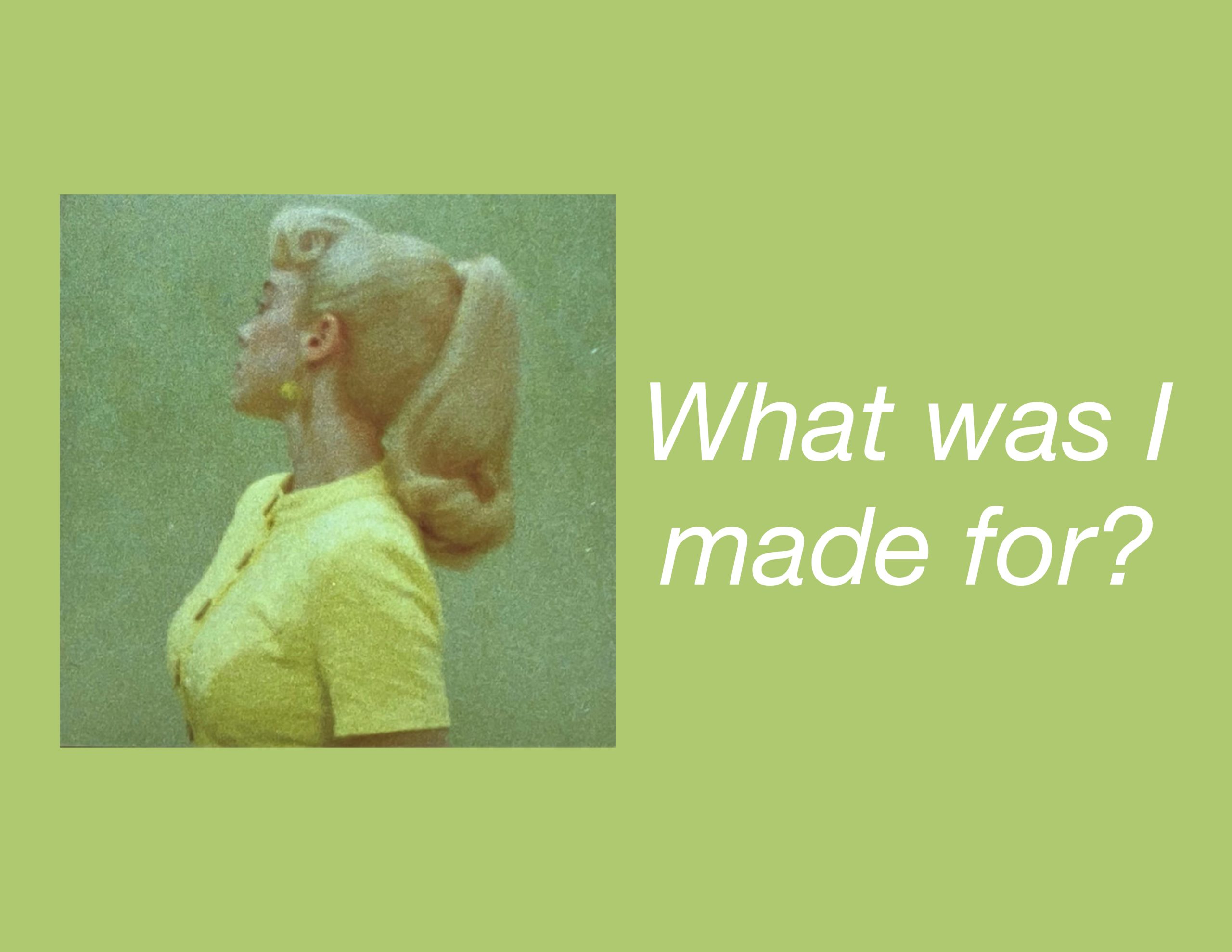I first heard Billie Eilish’s “What Was I Made For?” during my vacation to Toronto last summer. It was before the “Barbie” movie had officially been released, so I had no context on the premise of the song or movie whatsoever. But when the song started, I was immediately soothed by the simple, melancholic piano notes and Eilish’s angelic, whispery vocals floating into my ears. I remember being moved by the haunting lyrics and feeling so completely seen and understood, and I knew right then and there it would become one of my favorite songs from Eilish.
Since the release of “Barbie” last summer, Eilish’s song “What Was I Made For?” has been skyrocketing off the charts. From YouTube videos discussing the songwriting and production process to Saturday Night Live, or SNL, performances and late-night show interviews, the heartfelt ballad has made its way into many hearts and connected audiences from different generations with its masterful writing and reflective nature. So far, it has already won “Best Original Song” at the 81st Golden Globe Awards, “Song of the Year” and “Best Song Written for Visual Media” at the 66th Annual Grammy Awards and now “Best Original Song” at the latest Oscars Awards.
Part of the reason for its success can be attributed to its lyrics. Eilish’s signature soft vocals paired with the vulnerability laced in the words she sings evoke despair, loneliness, confusion and near the end, a sense of hope. The song’s poignant question of “What was I made for?” and themes of identity and belonging remain timeless and relevant in today’s world, as people of all ages struggle to navigate difficult hurdles and changes in their lives. I was especially touched by the lines, “When did it end? All the enjoyment / I’m sad again, don’t tell my boyfriend,” due to how honest and realistic those words felt, particularly in times when I’ve felt so misunderstood and isolated by those closest to me as I struggle with personal and internal challenges.
However, the impact the song has created around the world mainly stems from its immaculate pairing with the scene in “Barbie.” In the scene, Barbie holds onto the hands of the spirit of Ruth (the creator of the original Barbie doll), envisions the generations of females throughout time, and simply feels – something she had started to learn how to do throughout her journey and transformation in the movie. In the 2023 film, Barbie lives in a utopian world called “Barbie Land” with other Barbies and Kens having a happy life with friends and dance parties. However, when she suddenly experiences worries about mortality, she travels to the real human world to find a solution to her problems. During her time in the real world, Barbie learns about larger societal issues and reevaluates her true purpose in life beyond her role in Barbie Land. Eilish’s song at that pivotal moment of the movie reflects Barbie’s metamorphosis and acceptance of her emotions as she continues to move forward in her journey to find herself.
As a junior in college, I still find myself returning to this song once in a while as a source of comfort. With the new changes in my life this past year – new clubs, new people, more challenging classes and internship recruitment – and my struggle to determine what career I want to pursue in the future, the lyrics and music of “What Was I Made For?” resonate deep in my heart and give me hope that with time, effort and self-reflection, there will be a day where I feel joy again and discover what path I want to take. For me and many other fans, Eilish’s song remains a guiding light in our dark times, a radiant piece of art that reminds us that we are not alone and that we are understood.

